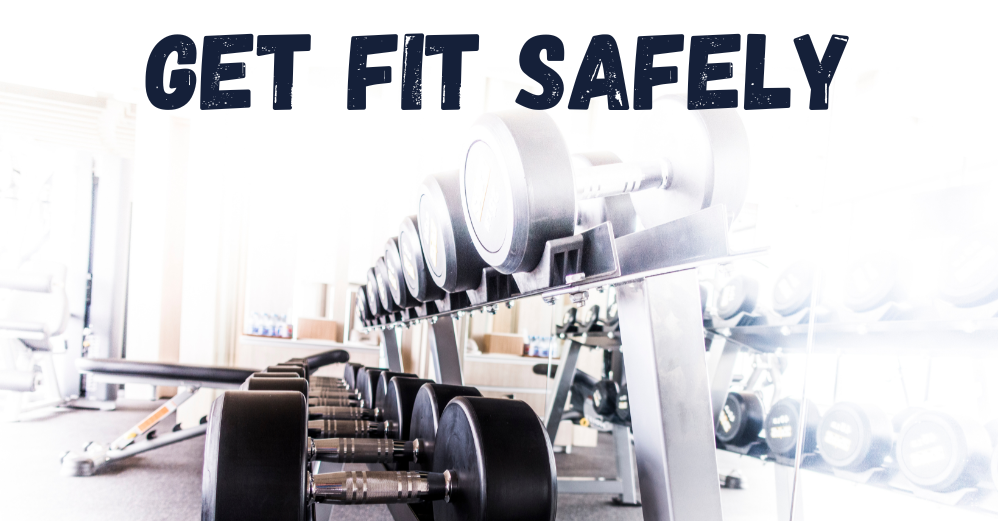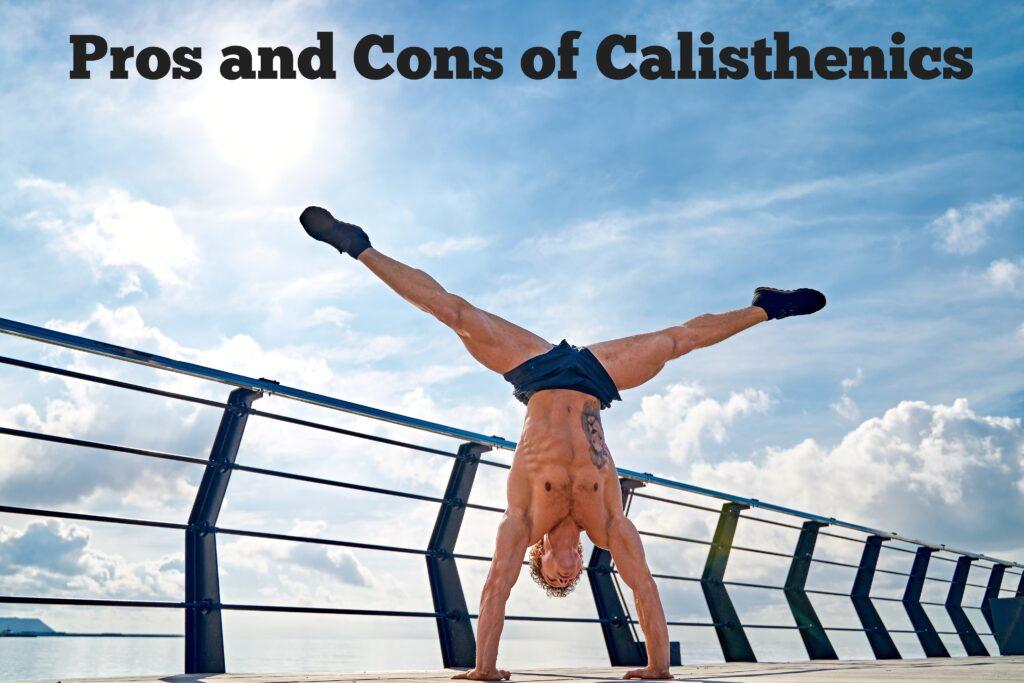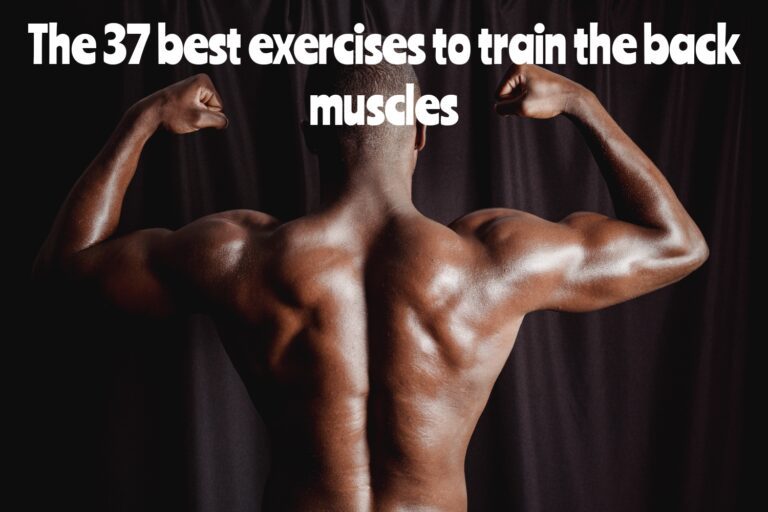Fundamentally, Calisthenics revolves around using your body weight for resistance exercises.
It’s a comprehensive approach that promotes strength, endurance, flexibility, coordination, muscle toning, balance, and posture improvement.
While it’s true that Calisthenics might seem limited in terms of exercises for each muscle group, in practice, the variety available can still provide a full-body workout.
It’s like a portable gym, offering a well-rounded approach to fitness.
If you’re aiming for a well-structured body and better mobility, Calisthenics could be the key.
To present a well-rounded view in this article, we will examine both the pros and cons of Calisthenics.
The Basics of Calisthenics
Wondered what makes Calisthenics so captivating?
It is about combining strength and stability, focusing mainly on the movements of the pelvis, including both retroversion and anteversion, especially in the more difficult skills.
The key point is this: To truly excel in Calisthenics, mastering core exercises like push-ups, dips, planks, squats, and horizontal pull-ups is non-negotiable.
They are your stepping stones to perfection. But wait, there’s more to Calisthenics than just physical prowess.
It’s a holistic approach that enhances not only your physical appearance but also elevates your psychological and mental well-being.
You might be thinking, “Wasn’t Calisthenics just a backup plan for those who couldn’t hit the gym?”
Well, that was the story years ago. Today, it’s a whole different ball game.
The Calisthenics community has grown exponentially, attracting enthusiasts from all walks of life.
Well, let’s get straight to the point, and see how Calisthenics, with its pros and cons, can shape your approach to physical well-being.
Benefits of Calisthenics:
1. Core Strength
Every movement in calisthenics originates from the core – encompassing the entire torso – which acts as a stabilizer through isometric contractions.
The core includes the rectus abdominis, transverse abdominis, internal and external obliques, lats, lower back muscles, glutes, and hip flexors.
Picture the core as a spring mechanism; its role is to stabilize the movement of the pelvis and chest, aiding in the expulsion of waste products from the muscles.
Did you know that calisthenics can deeply train your abdominal muscles?
Let me share with you four highly effective isometric exercises for core training:
- AB Wheel Rollouts
- Plank
- Side Plank
- Hollow Hold
- Dragon Flag
Perhaps you’ve experienced back pain or poor posture at least once.
Strengthening the core through these exercises not only prevents or alleviates back pain but also significantly improves posture.
2. A Workout for Everyone
Perhaps you’ll find it incredible what I’m about to tell you, but I can assure you that it’s all true:
Calisthenics is a versatile fitness discipline suitable for everyone, regardless of age or skill level.
From my own experience, I can tell you that it’s a field where both newcomers and seasoned athletes can flourish.
You can adjust the intensity with straightforward changes like increasing workout duration, adding ankle and wrist weights, or modifying leverage.
But remember, always consult with a doctor before you begin!
3. Budget-Friendly Fitness
Calisthenics is wonderfully economical. All you need is a bar and some parallels.
Those on a tight budget can even opt for a door pull-up bar, an affordable alternative to costly gym memberships and equipment.
4. Train Anywhere, Anytime
The beauty of calisthenics lies in its versatility. You can train at home, outside, or anywhere you prefer.
Exercises like push-ups, planks, and squats need no equipment at all.
With a solid bodyweight exercise program, the world is your gym!
5. An Exciting Challenge
This dynamic fitness discipline presents its own set of challenges and rewards.
The variety is staggering – from basic push-ups to advanced handstands, there’s always something new to master.
And let’s talk about the environment! Swapping the four walls of a gym for the openness of a park or your backyard adds an exhilarating dimension to your routine.
The fresh air, and the changing scenery – are a refreshing way to keep your workouts dynamic and engaging.
For me, every outdoor session feels like a mini-escape, an opportunity to break free from the routine and push my limits under the open sky.
6. A Catalyst for Weight Loss
Calisthenics is a powerhouse when it comes to weight loss.
Elevating your resting metabolism and building both aerobic and muscular endurance, turns your body into a more efficient fat-burning machine.
The workouts are designed to target multiple muscle groups at once, maximizing calorie burn and fat loss.
The key, I’ve found, is consistency and intensity.
Implementing high-intensity calisthenics sessions three times a week, with rest days in between for recovery, offers a balanced approach that can yield significant weight loss results.
It’s a strategy that has worked wonders for me, allowing me to shed pounds while building strength and endurance simultaneously.
7. Muscle Toning and Building
My journey with calisthenics has been a rediscovery of what true strength means.
Rooted in ancient traditions, it’s a discipline that harmoniously targets every muscle group.
From the core to the limbs, each movement builds not just muscle but functional strength.
I’ve felt this shift, not just in appearance but in the everyday ease of movement – a testament to the well-rounded prowess calisthenics offers.
8. Mental and Physical Harmony
Calisthenics has taught me that fitness is as much about mental strength as it is about physical.
The discipline required to progress in calisthenics transcends the workout itself. It’s about mental clarity, balance, and a unique sense of inner peace.
Each new skill mastered doesn’t just add to my physical ability but also to my mental resilience.
This blend of mental and physical fortitude is something I’ve found uniquely rewarding in calisthenics.
9. Master Your Body with Calisthenics
Imagine having complete mastery over your body – this is what calisthenics offers.
It’s a journey of self-discovery, where you learn the intricacies of your physical capabilities.
Through calisthenics, I’ve experienced a profound transformation in my body awareness.
As I said before, It’s not just about strength; it’s about control, precision, and the ability to harness your body’s potential.
This discipline ensures that with each session, you’re not just exercising; you’re evolving, pushing the boundaries of what you thought was possible.
10. Enhanced Flexibility and Agility
Calisthenics is like the secret ingredient to a more agile and flexible body.
It’s amazing how these exercises, which seem so simple, can profoundly impact your muscle tone and elasticity.
Personally, the improvements in my balance, agility, and coordination have been remarkable.
These benefits extend beyond the workout session, enhancing daily activities.
It’s as if your body learns a new language of movement, becoming more fluid and graceful in every action.
11. Joint and Cardiovascular Health
This discipline is a boon for both your joints and heart.
By integrating calisthenics with aerobic exercises, you’re not just building strength but also promoting cardiovascular health.
It’s a holistic approach to fitness that nurtures your body inside out.
I’ve noticed a significant improvement in my joint health, with reduced stiffness and increased mobility.
And when it comes to heart health, calisthenics acts as a powerful stimulant, keeping the heart strong and efficient.
12. Socializing through Fitness
One aspect of calisthenics that often goes unnoticed is its social element.
It’s more than just a workout; it’s a community.
Participating in group sessions or outdoor calisthenics parks, I’ve found a sense of camaraderie and support that’s unique to this discipline.
We share tips, celebrate progress, and sometimes engage in friendly competition.
It’s this social connection that adds an extra layer of motivation and enjoyment to the workout.
13. Injury Prevention
When it comes to safety, calisthenics stands out, especially when compared to weight lifting.
The movements are natural and use body weight, significantly reducing the strain on tendons and joints.
As someone who has transitioned from traditional gym workouts to calisthenics, I can attest to the reduced risk of injury.
It’s a gentler approach to fitness, yet incredibly effective in building strength and endurance without the risk of overstrain.
Disadvantages of Calisthenics:
1. Managing Workout Intensity
In calisthenics, adjusting the intensity of your workout can be a complex task.
This form of exercise fundamentally relies on body weight, which means you lack the straightforward load control you find in weightlifting.
For someone who values precision in training, this can be a bit of a puzzle.
The transition to more challenging levels often feels abrupt, not gradual, potentially leading to prolonged periods where progress seems stalled.
Moreover, the reliance on body weight alone means that once you hit your maximum capacity for a certain exercise, increasing the intensity becomes a creative challenge.
2. High Coordination Requirement
The level of coordination required in calisthenics is another hurdle, particularly for newcomers.
In contrast to other fitness routines, even the basic calisthenics exercises demand a refined level of body control and skill.
This steep learning curve can be overwhelming. However, from my experience, overcoming these challenges is part of the journey.
For those facing mobility issues, consulting a professional for tailored mobility and joint-strengthening exercises can be immensely beneficial.
It’s a process of building up your abilities, and gradually overcoming the initial barriers to improve agility and control.
3. Challenges in Lower Limb Development
A common limitation I’ve found in calisthenics is its inadequacy in thoroughly developing the lower limbs.
While the upper body receives substantial attention, effectively stimulating the leg muscles for strength and hypertrophy can be challenging.
This is particularly noticeable when calisthenics is your sole training method.
Without targeted leg exercises often found in gym routines, achieving balanced development between the upper and lower body can be difficult.
It requires a conscious effort to incorporate leg-specific workouts to ensure holistic body development.
4. Muscle Mass Gains Compared to Bodybuilding
The lack of load control inherent in calisthenics means that achieving the same level of muscle growth as with weightlifting can be unrealistic.
Particularly, smaller muscle groups may not receive the focused attention they need to grow significantly.
While calisthenics is excellent for overall muscle strengthening and toning, it doesn’t match the hypertrophic effects of weight resistance training.
To address this gap, integrating gym exercises can be beneficial.
By supplementing calisthenics with free weights, resistance bands, or other fitness equipment, you can target specific muscle groups more effectively.
This combined approach can help achieve more comprehensive muscle development.
How to Achieve Progress in Calisthenics
In calisthenics, like in any sport, progression is key to seeing results.
This progression is achieved primarily through two methods:
- Modifying Reps and Sets: Start by gradually increasing the number of sets and reps or the duration of holds in each exercise. It’s important to ensure this increase is manageable and consistent.
- Evolving the Exercise Technique: Once you’ve built a solid base with a particular movement, the next step is to progress to a more complex variation of the exercise. This can mean transitioning from a basic push-up to a more demanding version like a diamond push-up, or from a standard plank to a more challenging side plank.
Remember, the goal is to maintain a linear progression in your workouts, steadily pushing your limits while avoiding overexertion!
Conclusion
Reaching the end of our investigation into calisthenics, it’s evident that the rewards in terms of weight loss, toning, and muscle endurance are substantial, provided the training is approached correctly.
Personally, calisthenics has been a relentless test of my resolve, enhancing my psychological health in the process.
Yet, it’s important to acknowledge that even with a wide array of exercises, calisthenics can sometimes lead to routine fatigue, particularly in lower limb exercises.
The progression to more advanced movements, such as Pistol Squats, can be quite a leap.
But there’s a silver lining.
This limitation can be effectively managed by incorporating weight training for the legs into your routine.
Such integration not only diversifies your training but also ensures a well-rounded development, keeping both the body and mind engaged.
Have you already tried Calisthenics?
Feel free to share your story!





